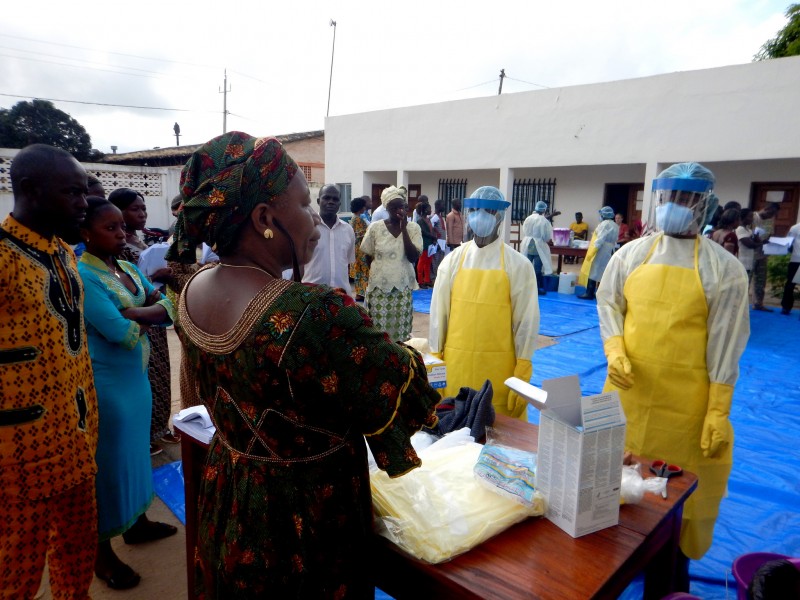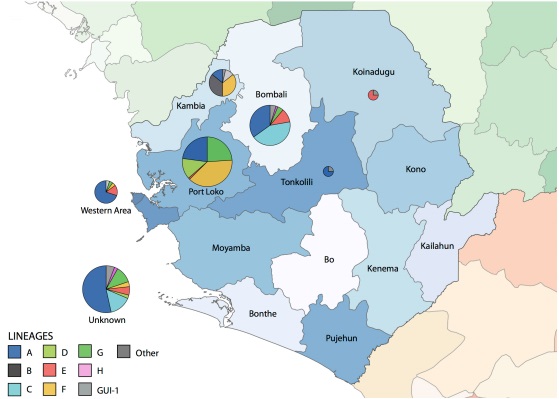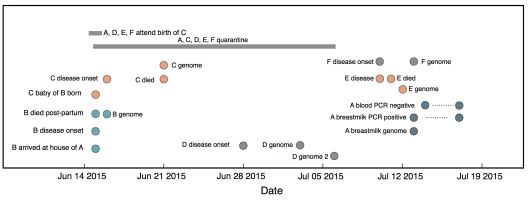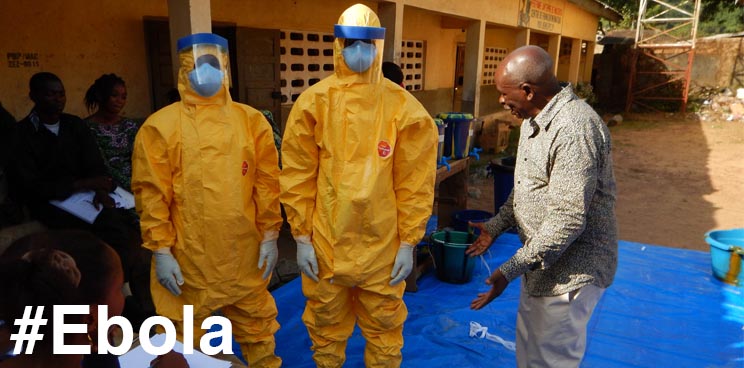Researchers from University of Cambridge and the Wellcome Trust Sanger Institute have discovered that Ebola can still be transmitted through sex and breastfeeding after quarantine – causing ‘flare-ups’ even though the epidemic has ended.
![]() Without effective vaccines or treatments for Ebola infection, the 2014’s outbreak in West Africa was contained due to public health measures.
Without effective vaccines or treatments for Ebola infection, the 2014’s outbreak in West Africa was contained due to public health measures.
These included the rapid identification and isolation of Ebola patients, contact tracing and quarantine, as well as encouraging safe burial practices.
By mid-2015, the epidemic was winding down and all known transmission chains were thought to be blocked. But there was something strange – there were still some isolated cases cropping up.

Researchers from the University of Cambridge and Wellcome Trust Sanger Institute began investigating these cases in a temporary genome sequencing facility, with Ion Torrent equipment from Thermo Fisher (US). It was located in a tent, in Sierra Leone – one of the most affected countries.
The team has now published its work in Virus Evolution. In total, they ran 554 genome sequences of Ebola virus from samples of blood, buccal swabs, semen and breast milk. These were then combined with 1019 samples, sequenced by other groups.

The objective was to evaluate how rapid, real-time sequencing of viral genomes could help controlling future outbreaks, by allowing public health workers to quickly trace the source of new cases.
But the work also revealed some unconventional means of transmission, that were behind a few ‘odd cases’…
While the most common mean of infection is contact, the researchers found a possible case of a mother transmitting Ebola to her baby via breastfeeding. An Ebola survivor also passed on the virus sexually. But the troubling matter was that both had been quarantined before transmission…

As it seems, the virus can persist in in bodily fluids for a long time after recovery. So these modes of transmission may have ‘resisted’ quarantines and contributed to isolated flare-ups of infections towards the end of the epidemic.
This is important insight into virus behaviour and evolution. It could not only help control Ebola outbreaks (while research on therapies is still ongoing), but also extend to other virus – such as the current Zika epidemic.
An insightful animation on the cultural reaction to the Ebola outbreak…
Featured Image Credit: Macenta Burial Team – training is provided for removing bodies from homes and safely and respectfully burying them. (CC 2.0 Lindsey Horton/CDC).
Figure 1 and 2 Credit: Arias et al. (2016) Rapid outbreak sequencing of Ebola virus in Sierra Leone identifies transmission chains linked to sporadic cases. Virus Evolution





